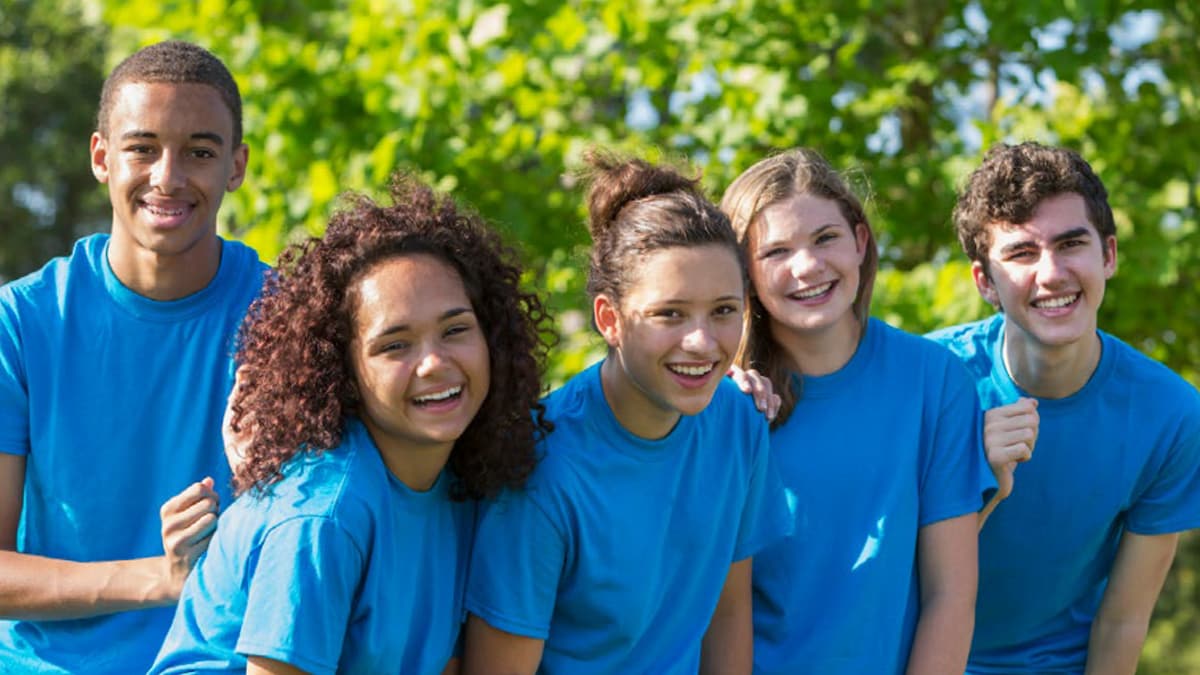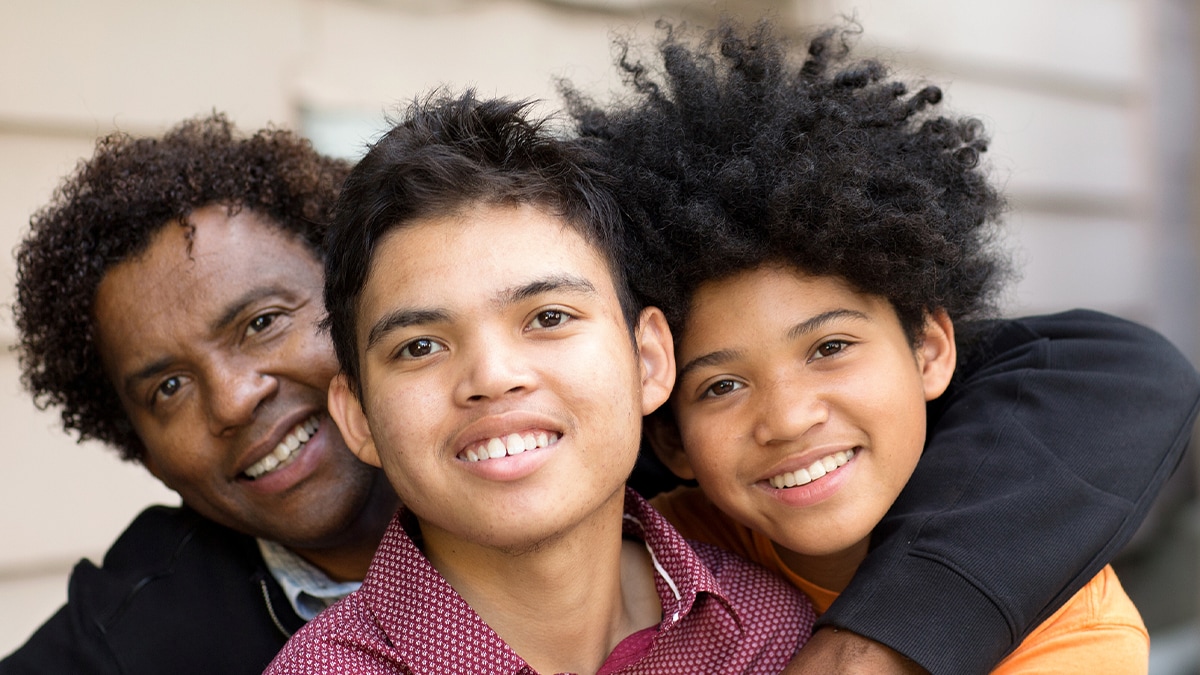At a glance
- The goal of SEED Follow-Up is to better understand autism spectrum disorder (ASD) as children become adolescents and young adults. This information can be used to improve the health and functioning of individuals with ASD as they mature.
- CDC is surveying adults with ASD and families of children with ASD who previously participated in SEED 1, 2, or 3 (when they were 2–5 years of age) who are now between the ages of 8–21 years.
- Data will be collected across eight sites from 2023 to 2026.

SEED Follow-Up overview

Our healthcare system does not have enough information about how people with autism spectrum disorder (ASD) develop over time, from childhood to adolescence and adulthood. This makes it hard to provide the services and supports they need to thrive.
In 2021, CDC began funding SEED Follow-Up. The goal of SEED Follow-Up is to better understand ASD as children become adolescents and young adults. CDC hopes to use this information to improve the health and functioning of individuals with ASD as they mature.
To accomplish this goal, SEED Follow-Up is surveying families of children who were previously in SEED 1, 2, or 3 (when they were 2–5 years of age) when they are 8–21 years of age to learn more about them through adolescence and young adulthood. CDC hopes to enroll more than 4,500 families and their children, including more than 1,500 with ASD, into the SEED Follow-Up.
SEED Follow-Up includes the following topics:
- Healthcare needs and utilization
- Community and social supports
- Bullying and discrimination
- Safety and risk of suicide
- Everyday living skills
- Transition from high school
- Employment and vocational training
- Quality of life and interpersonal relationships
- Family and financial support needs
SEED Follow-Up sites
Enrolling Now
CDC’s SEED Follow-Up Study is currently enrolling participants. CDC is contacting participants who had previously completed SEED 1, 2, or 3. SEED Follow-Up will help us learn more about individuals with ASD through adolescence and young adulthood. CDC hopes to enroll more than 4,500 families and their children, including more than 1,500 individuals with ASD, into this current phase of SEED.
SEED participants who are 18 and older may be contacted directly by CDC about an opportunity to take complete a survey specifically for young adults. Click the video below for more information about this survey.
Data Collection
Data are being collected across eight SEED sites. CDC has funded five research universities/partners to collect data at sites in six states.
States covered
- California SEED*
- Colorado SEED
- Georgia SEED*
- Maryland SEED
- Missouri SEED
- North Carolina SEED
- Pennsylvania SEED
- Wisconsin SEED
Study sites
- University of Colorado Denver (SEED 1–3)
- Johns Hopkins University (SEED 1–3)
- University of North Carolina at Chapel Hill (SEED 1–3)—also collecting data from participants in Pennsylvania
- Washington University at St. Louis (SEED 3)
- University of Wisconsin System, Board of Regents (SEED 3)
*CDC serves as an intramural study site—collecting data from participants in Georgia and California.
SEED Follow-Up Research Method
SEED Follow-Up uses a longitudinal method. This means that SEED Follow-Up is enrolling participants who previously completed SEED 1, 2, or 3 so we can look at changes over time.
The SEED Follow-up Study will also provide information on how people with ASD differ from those with other developmental delays or disabilities and from the general population at key points in life—childhood, adolescence, and young adulthood. Data collection is occurring from 2023 to 2026.
Some children who participated in SEED 1–3 may also be eligible for in an in-person evaluation of learning abilities in Colorado and Maryland. This evaluation is similar to the one given when children were 2–5 years of age and will help us learn how abilities change over time. Like the first one, this evaluation will measure verbal and nonverbal abilities compared with other people the same age.
